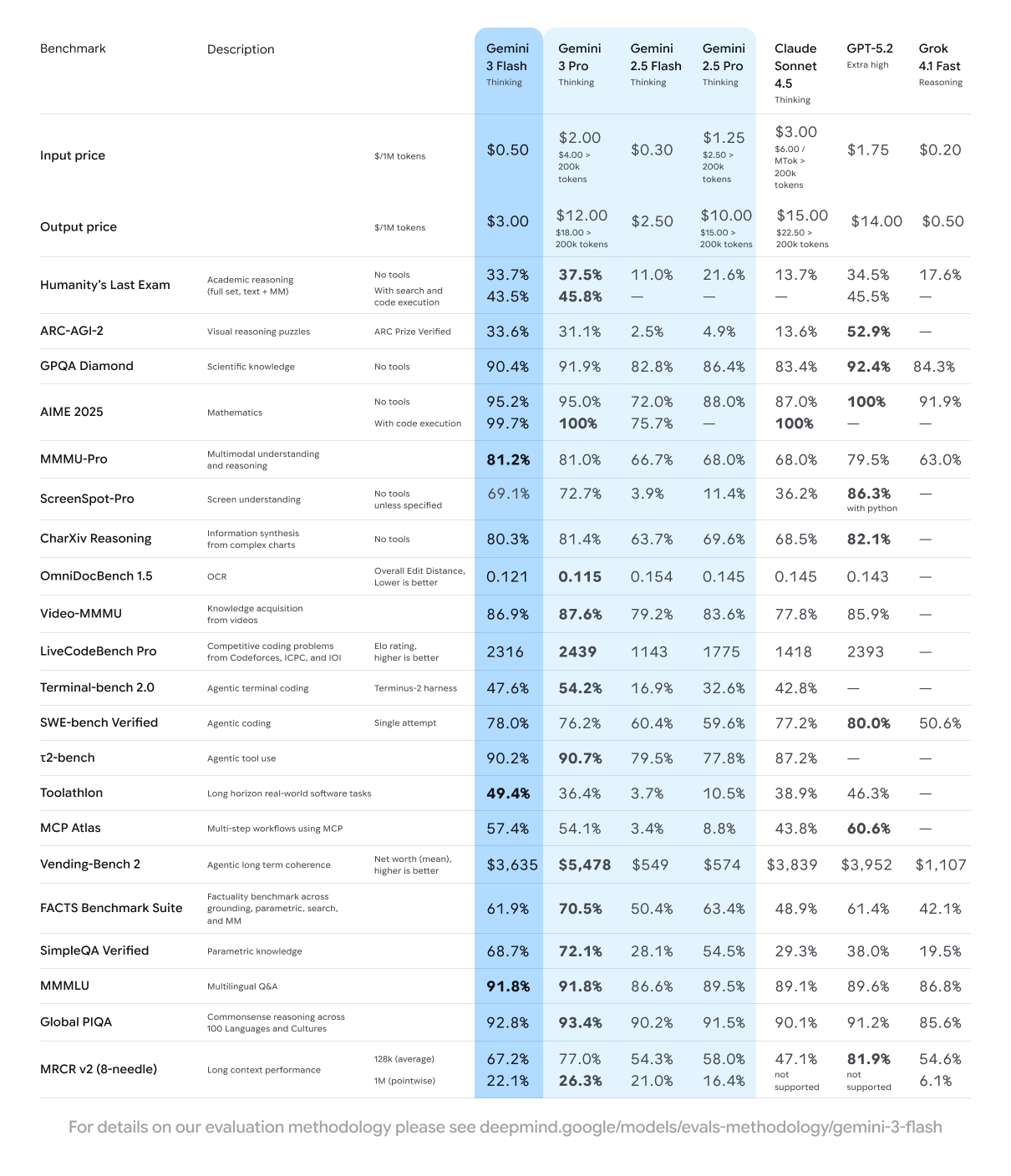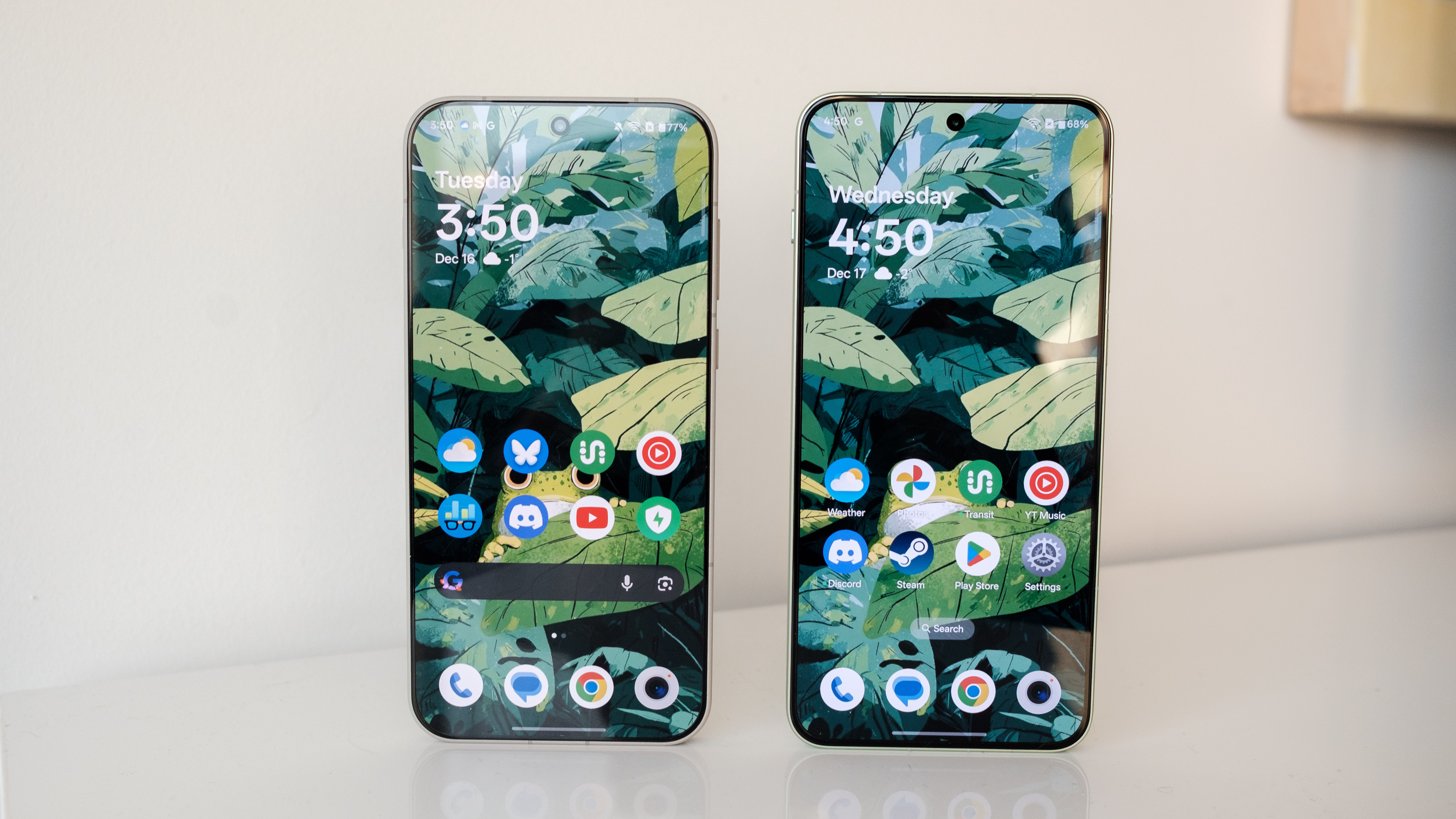Dangerholm’s latest creation combines a highly modified Scott Spark RC XC MTB frame with a forward-thinking dreamy wishlist of money-no-object components to create a gravel bike that almost defies belief.
With a frame that has been cut apart, super-wide prototype aero wheels, a custom 46T chainring, a modified rear shock, and a one-of-a-kind carbon bar and stem, it’s a classic Dangerholm bike in every sense.
We’ve taken a closer look at this dream Scott Spark RC HMX Gravel Project build, which fuses XC tech with gravel functionality.
Gravel or XC?

Dangerholm has modified whatever he needed to in the process of creating the bike. He has worked around the MTB origins of the Spark RC, keeping the frame, MTB hubs and a 110mm-travel fork, while adding a gravel-oriented drop handlebar, deep-section aero wheels and a large chainring.
Scott Spark RC full-suspension frame

The frame started as a standard Scott Spark RC in HMX carbon fibre.
At 183cm, Dangerholm usually rides a size Large, but sized down to a Medium for this gravel build to shorten the reach and wheelbase for more gravel-oriented handling. For the same reason, the angle-adjustable headset is set in its steepest position.
Where an XC bike might have a 40-50mm stem, in this guise, the shorter reach enabled Dangerholm to run an 80mm stem and preserve a similar riding position to his regular gravel bike, a Scott Addict Gravel.

To maintain a sensible cadence at the high speeds gravel bikes can run at, Dangerholm wanted to use a 46T chainring. However, the Spark RC frame is only compatible with a 38T ring.
To accommodate the bigger chainring, the chainstay had to be heavily modified, necessitating cutting open the frame to create the required clearance. It was then wrapped up and reinforced to preserve strength.
Custom shock and 110mm fork

The Spark RC comes with 120mm travel front and rear, and three rear-suspension positions (Lock, Climb and Open). However, on this bike, the RockShox SIDLuxe Flight Attendant rear shock is modified, shortening the stroke from 45mm to 40mm.
The rear suspension now delivers a reduced 0, 71 or 107mm of travel depending on the mode.
Up front, the stock 35mm-stanchion Rockshox SID, with 120mm travel, has been replaced by a 110mm RockShox SID SL Flight Attendant. Its smaller 32mm stanchions save weight and lower the front of the bike, also steepening the head angle for more gravel-oriented handling.
SRAM Flight Attendant and AXS combo

Dangerholm explained that the RockShox Flight Attendant suspension system and its compatibility with the SRAM AXS shifters opened the door to this build. He wanted the efficiency of Flight Attendant and worked out a way of retaining full functionality of the AI-driven suspension system without adding any switches that would clutter up the handlebar.
To do this, Dangerholm reprogrammed the drop-bar gravel shifters to lock and unlock the suspension. Double-tapping the shifters, which would normally shift a front derailleur, cycles through the suspension modes, while a single tap of the shifter changes gear as normal.
He adds that if you run a SRAM power meter, the fully automatic suspension mode senses the condition of the riding surface, incline angle and your power output to adjust the suspension accordingly – no buttons needed.
Super-wide prototype aero wheels

The ultra-wide aero rims are prototypes, and measure a whopping 52mm wide and 70mm deep.
Developed for this bike and the forthcoming Scott Scale RC Aero, only four rims were created.
They’re a fully rideable concept brought to life by carbon specialist Faction Bike Studio and LX Sim. Dangerholm explained his ideal dimensions, and they added a carbon aero fairing moulded on top of a 29in enduro MTB rim.
This means the prototype wheelset is very heavy, at 2,270g, but with a theoretical rim weight of 590g each for the final versions, a wheelset could come in at around 1,650g.

Dangerholm says the extreme dimensions optimise aerodynamics with wide tyres, and improve tyre stability at low pressures. More volume increases comfort and grip, and enables lower pressures to be run for less rolling resistance over rough terrain.
MTB hubs are needed for the 148mm Boost spacing of the Spark RC. Dangerholm says the Extralite HyperSmart 3 hubs were chosen because they’re light and solve a compatibility issue – the 13-speed SRAM RED XPLR gravel cassette requires a SRAM XDR-compatible freehub body, which is difficult to find on MTB hubs.
The 46T chainring was custom-made by Garbaruk. Based on its standard aero chainring, these feature a custom offset.
Custom-made handlebar

Dangerholm’s desire to run a one-piece aero cockpit, but combine it with MTB geometry, presented a challenge because the frame’s slack head angle necessitated a steeper stem angle to compensate.
He needed an 80mm-long, 12-degree stem to get the riding position he wanted, so carbon specialist Darimo created a custom 380mm-wide bar and stem with the required dimensions.
Brake adaptors and big rotors

The bike uses Flat Mount Force gravel calipers from SRAM, which needed adaptors to fit the post-mount MTB frame and fork.
The brakes run large 180mm Jagwire Pro LR2 brake rotors for extra power and heat dissipation when slowing the 10.33kg bike down.
Dangerholm Scott Spark RC HMX Gravel Project specifications

- Frame: Scott Spark RC (HMX, size M)
- Rear shock: RockShox SIDLuxe Flight Attendant (custom 40mm stroke)
- Fork: RockShox SID SL Ultimate Flight Attendant 110mm
- Headset: Syncros
- Spacers: Darimo custom
- Handlebar: Darimo Nexum Drag 80x380mm -12º
- Top cap: Darimo carbon with Extralite bolt
- Bar tape: Syncros
- Saddle: MCFK
- Seatpost: Darimo T1 Loop
- Seatpost clamp: Darimo Sub4
- Cranks: SRAM XX SL 170mm, 168mm Q-factor
- Chainring: Garbaruk DM Aero custom (42T and 46T options)
- Bottom bracket: CeramicSpeed BB Alpha
- Pedals: Look X-Track Power Dual (+404g)
- Chain: SRAM RED
- Cassette: SRAM RED XPLR 13-speed 10-46t
- Weight: 10.33kg / 22.77lb (without pedals)
Important note: SRAM XPLR AXS is not intended to be used on MTB frames, and especially not full-suspension frames. The maximum chainring size for the standard Scott Spark RC is 38T. The bike shown here is a custom one-off, not meant to be replicated.

















